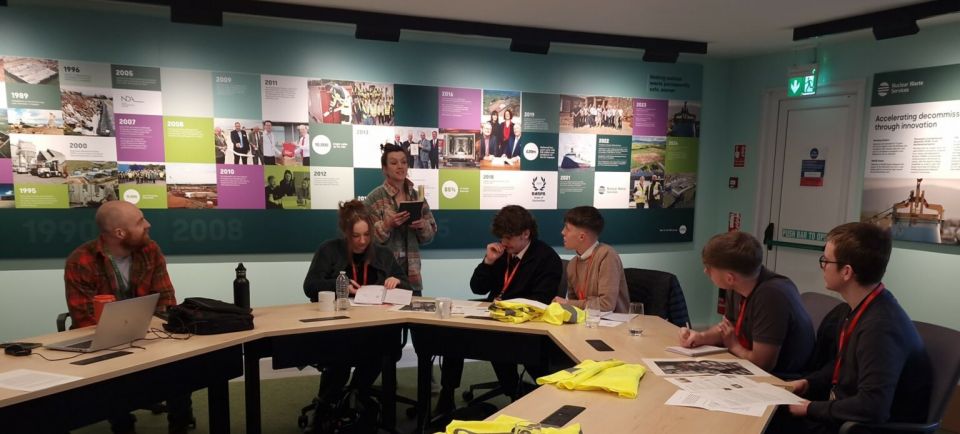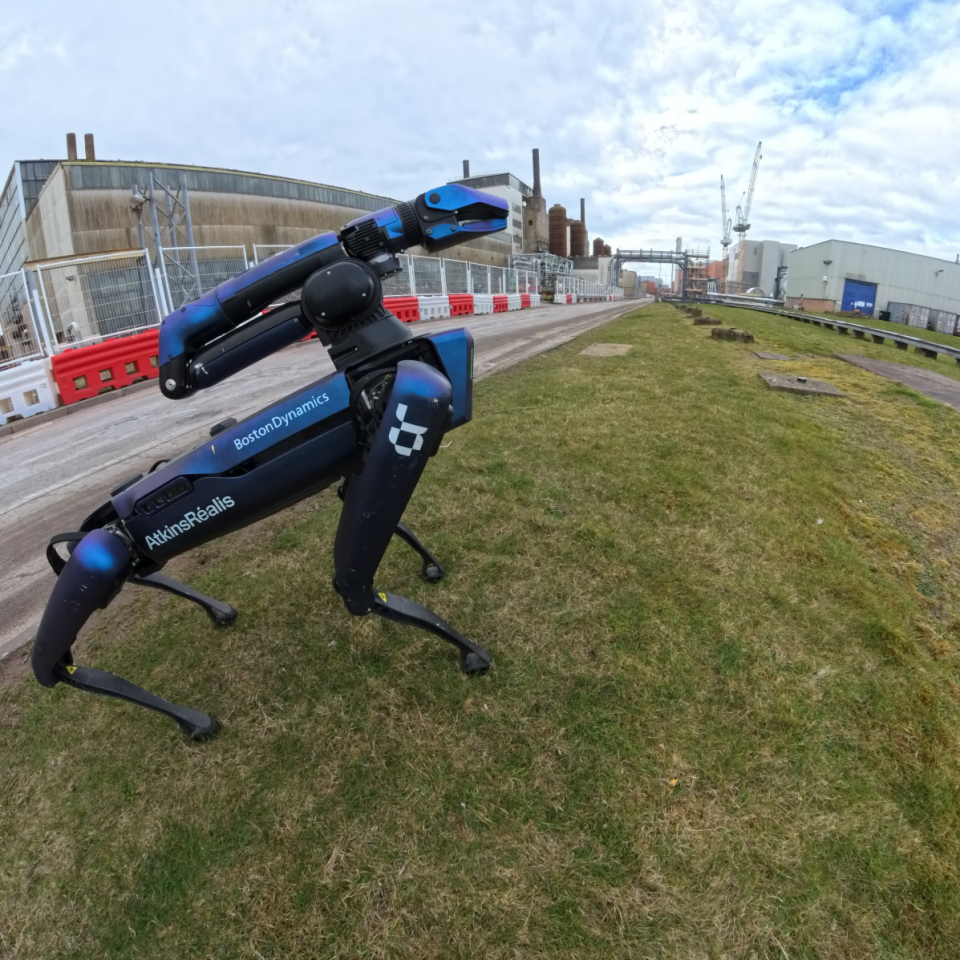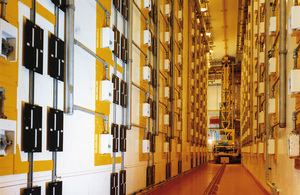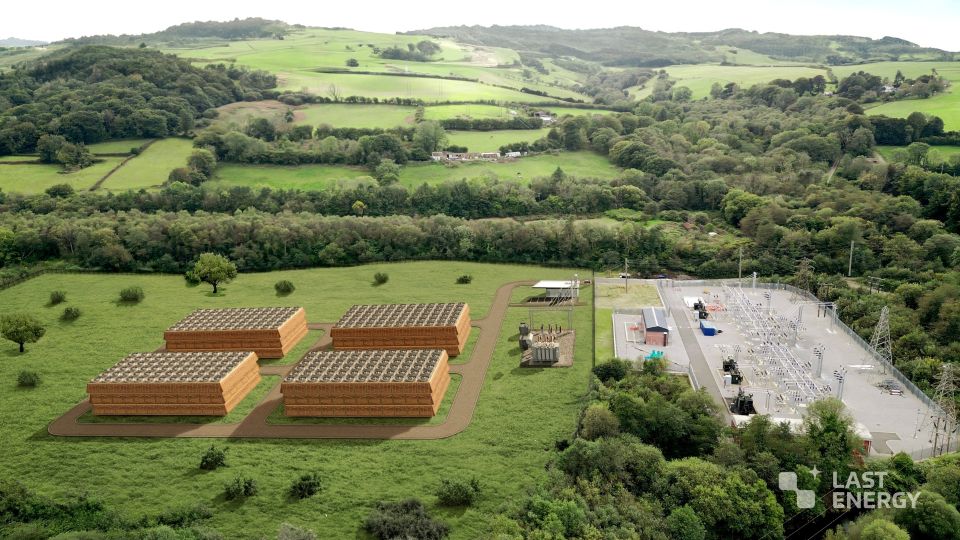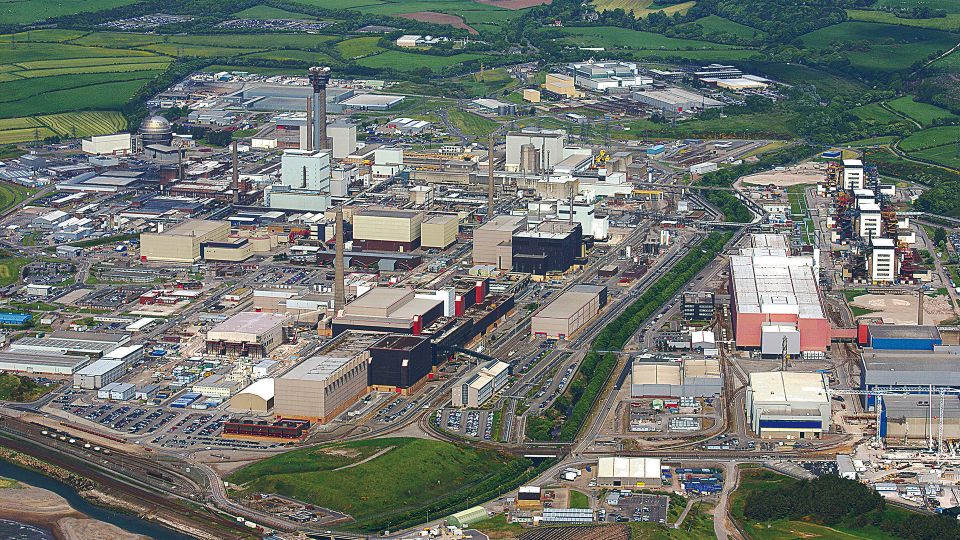The story of the Windscale Piles
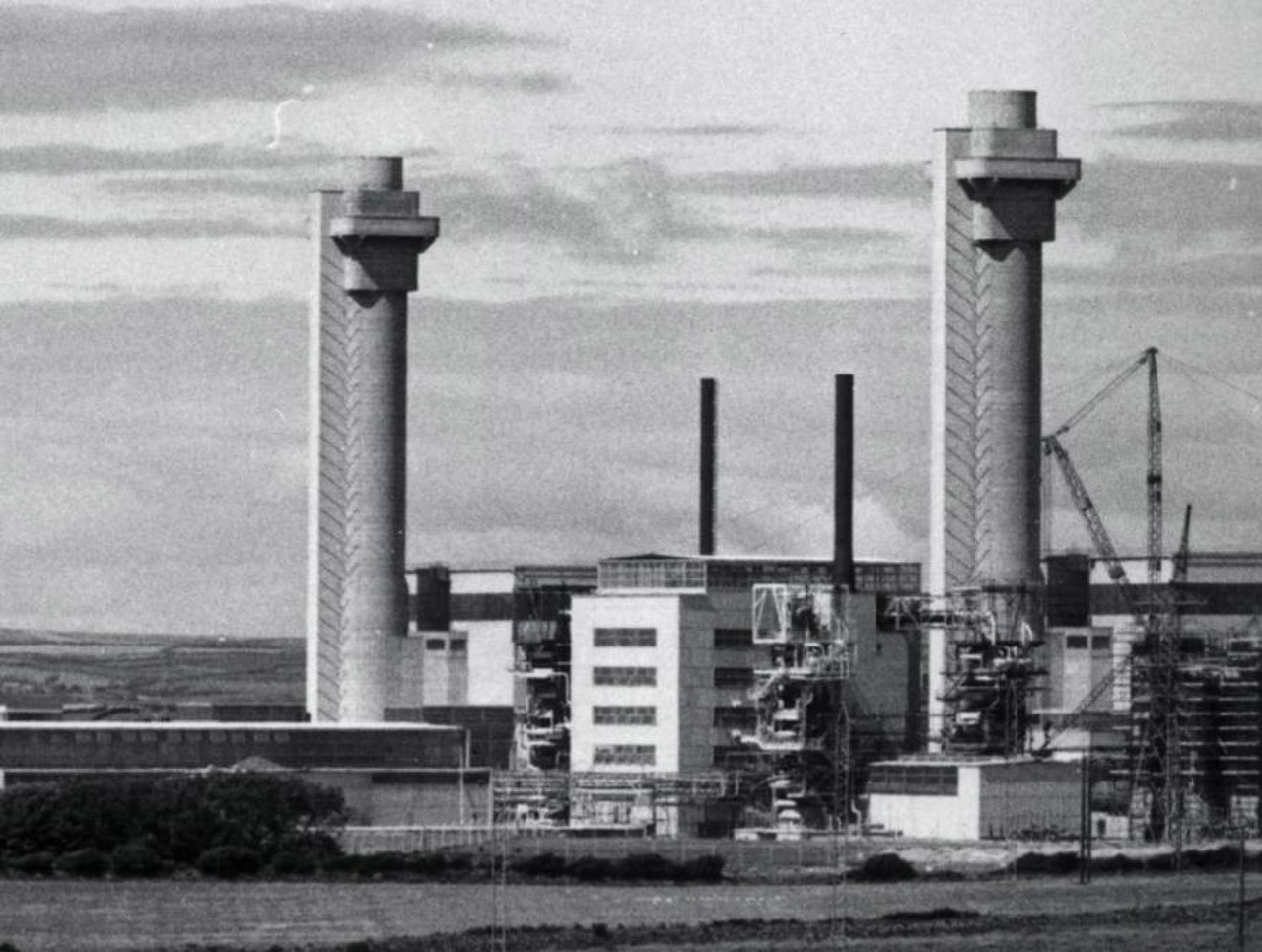
The Windscale Piles, circa 1956. (Photo: DOE)
After the Atomic Energy Act of 1946 ended collaboration between the United States and its World War II allies (specifically, the United Kingdom and Canada), the British government felt it necessary to go down its own path in developing nuclear technology. As a result, the Windscale Piles, in Seascale, Cumberland, England, were planned and built with the aim of producing plutonium for the U.K.’s defense purposes. Windscale Pile No. 1 became operational in 1950, and Windscale Pile No. 2 followed shortly after in 1951.
Early in the design process, the U.K. government came to realize that it did not have an adequately expansive piece of land that could provide a safety barrier in case of an issue at a water-cooled reactor. If the flow of water coolant were to be interrupted, an evacuation and exclusion zone could require a large land area that Britain simply did not have. The government, therefore, decided to construct both reactors with a natural draft air convection core cooling system. A massive cooling chimney at each reactor would soar nearly 400 feet into the air.




